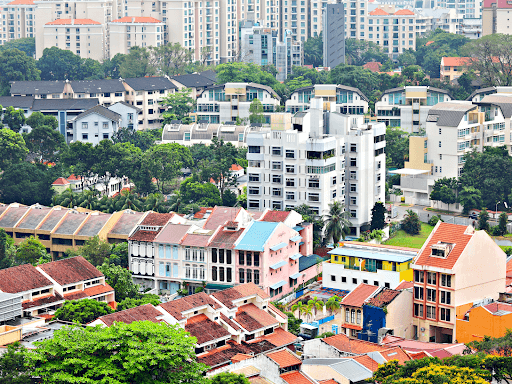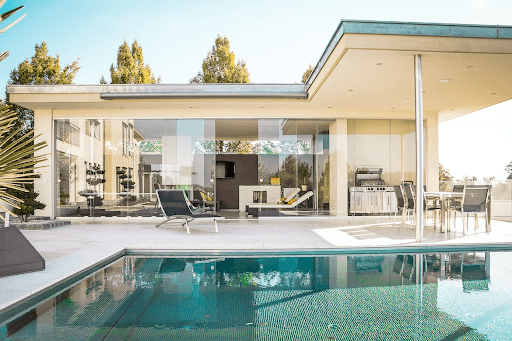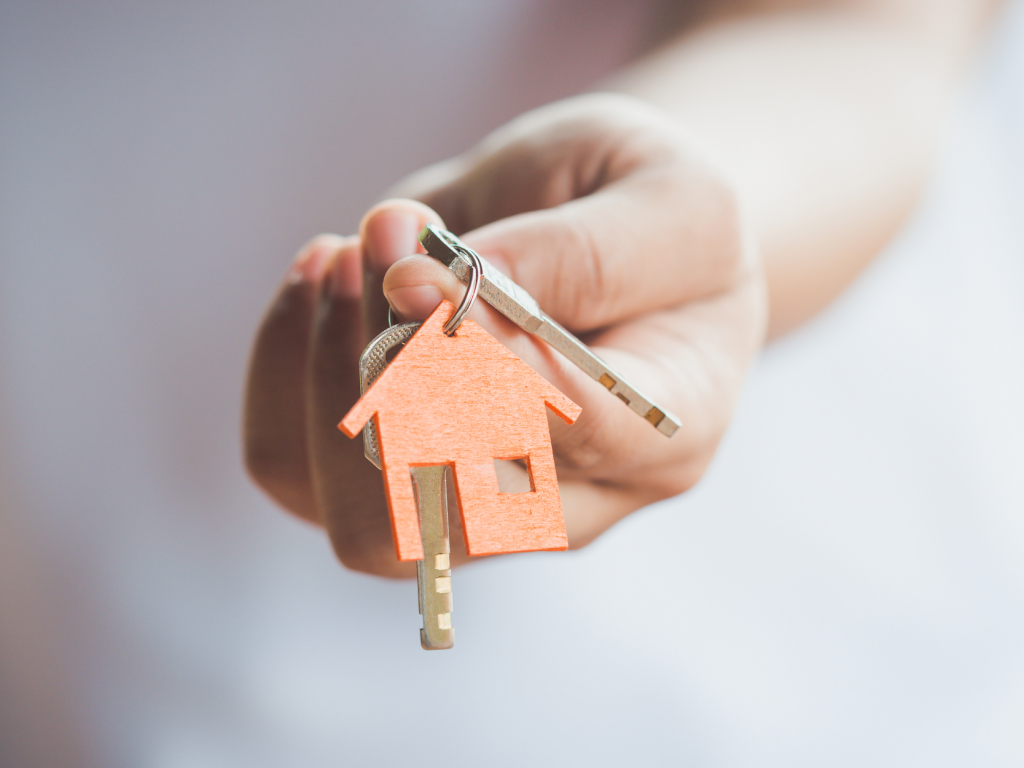
While many do dream of living in a new landed property in Singapore (you own the land you’re on) for the luxury of space and privacy, transitioning into one also entails new responsibilities and obligations which may come at hefty costs. While there are many determining factors that vary from individual to individual, let us examine some of the more common ones in this blog.
Understanding your property type
As covered in our previous blog posts, landed properties can be classified as follows:
- Detached homes including Good Class Bungalows
- Semi-Detached houses
- Terrace homes (type 1 and type 2 corner terraces and terraces)
Evaluate both present and projected infrastructure planning
Singapore’s infrastructure is continually developing and changing, with new MRT lines, roads, educational institutions, and local facilities to increase connectivity across neighborhoods, all of which have the capacity to increase land and housing prices.
Due to the scarcity of landed properties, landed real estate prices tend to rise faster than non-landed housing values during a price hike. Nevertheless, with the current cooling policies, the cost of purchasing a property has risen.
To save both money and time on otherwise avoidable problems in your potential home, the following factors should be considered when you tour properties:
1.Title searches
Unlike buying HDB flats and condominiums where it is strata-titled, purchasing a new landed property in Singapore comes with ownership of the land the house is on, hence adding another factor to consider when buying a new landed property in Singapore.
It is always essential to conduct a title search as the land may come with easements and covenants that may restrict the use of the land. An example of an easement is the giving of the right of way. For example, if your property is the only route of access to another property, the land title will most likely have an easement that allows access to the second property. This would mean that there may be sections of your land that you may not build without consideration of the easement.
Therefore this is a crucial step to take to have a better understanding of the limits of your land title to avoid trespassing on other properties or state land.
2. Necessary Plans (if you are planning to redevelop a home)
While everyone wishes to have a home designed to their desired style, layout, and configuration, there are many things that have to be done prior. One of which will be to purchase the necessary plans such as the Road Line Plan (RLP) and Railway Protection Plan (RPP) by the Land Transport Authority (LTA) and the Sewerage Information Plans and Drainage Interpretation Plan (DIP) by the Public Utilities Board (PUB).
These plans may play a huge factor when it comes to the design, construction cost, and land size post-redevelopment. For example, should there be a pink portion on the road line plan of one’s land, this portion will be required to be set aside and surrendered back to the Land Transport Authority (LTA) when redevelopment occurs.
3. Natural Lighting and Orientation
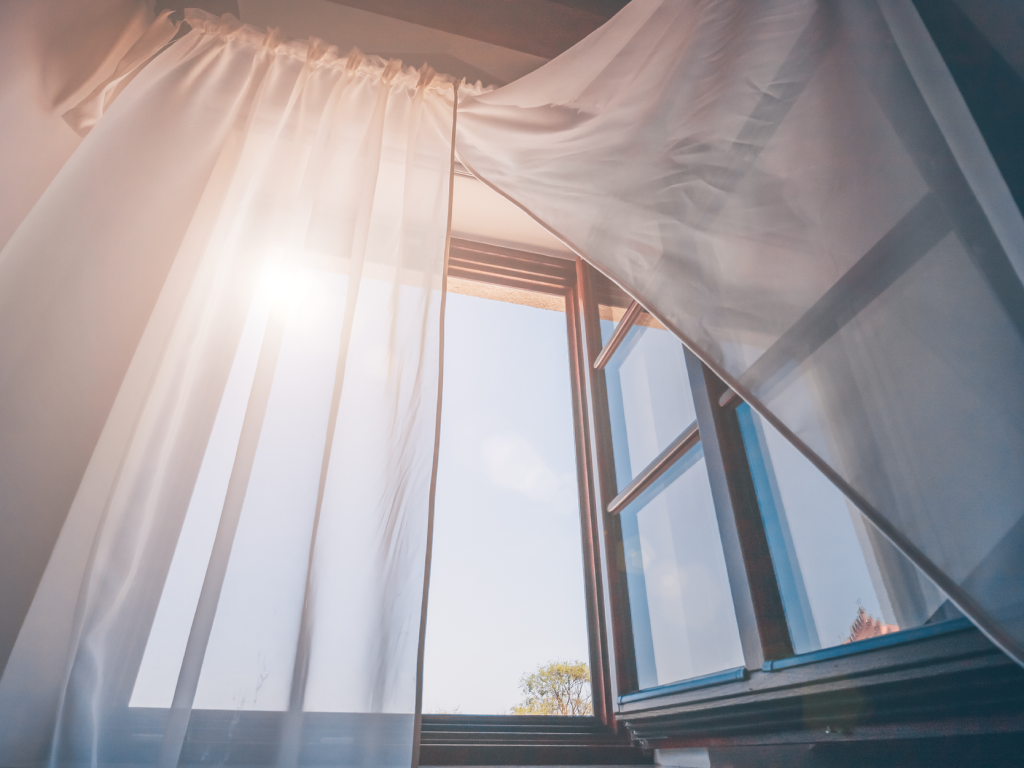
Environmental factors should be considered when you choose a home. The direction of a residence, particularly in Singapore’s tropical environment, will impact the comfortability and asset worth of your residence. For instance, a potential buyer will generally prefer a North-South orientation home as there isn’t morning and afternoon sun (well unless you are a detached where the sun can greet you from all angles). A well-lit, properly-ventilated home could also consume less electricity. Check for current wind conditions and plan visits at varying times of day to gain a holistic perspective of your chosen place.
4. Envelope Management and Building Elevation
Are you contemplating a new development or reconstruction for the property you’ve recently purchased? The URA has established a set of development guidelines governing the maximum permissible building height in a given location. The updated Envelope Control guideline, which was introduced in 2015, also lowered limitations on building massing in order to promote more imaginative and adaptable design forms for your house.
Landed dwellings, on the other hand, are still susceptible to the two- or three-story height restrictions that apply to each landed residential area in order to preserve its identity.
5. Leakages and fractures in the foundation
If there are visible cracks, they must be evaluated professionally. Even microcracks may indicate a larger problem than meets the eye. Other neighboring building projects may cause the building to shift, depending on the architectural base upon which it is constructed.
Water leakages can be a real nightmare as they can travel through the micro-est of crevices in walls, ceilings, and the like, causing hefty costs and time in resolving the issue. Hence it is important not to overlook water seepages (be it big or small) while considering a new landed property in Singapore unless you are planning to redevelop. Even if the property is in move-in condition, it is recommended to engage an expert to conduct an inspection.
6. Soil Quality
It is beneficial to comprehend the soil quality and the type of foundations employed (e.g., piling or footing). Houses in Singapore’s eastern region, especially those that sit on reclaimed land, are bound to have soft clayey soil (also known as marine clay). Constructing homes in these areas can be complex and costly as it will demand a rather robust foundation. You may inquire with your neighbors about the construction of their building, but it is best to hire a soil analysis expert to carry out a study to assess the base of your prospective home.
7. A lift or a provision for installing a lift in future
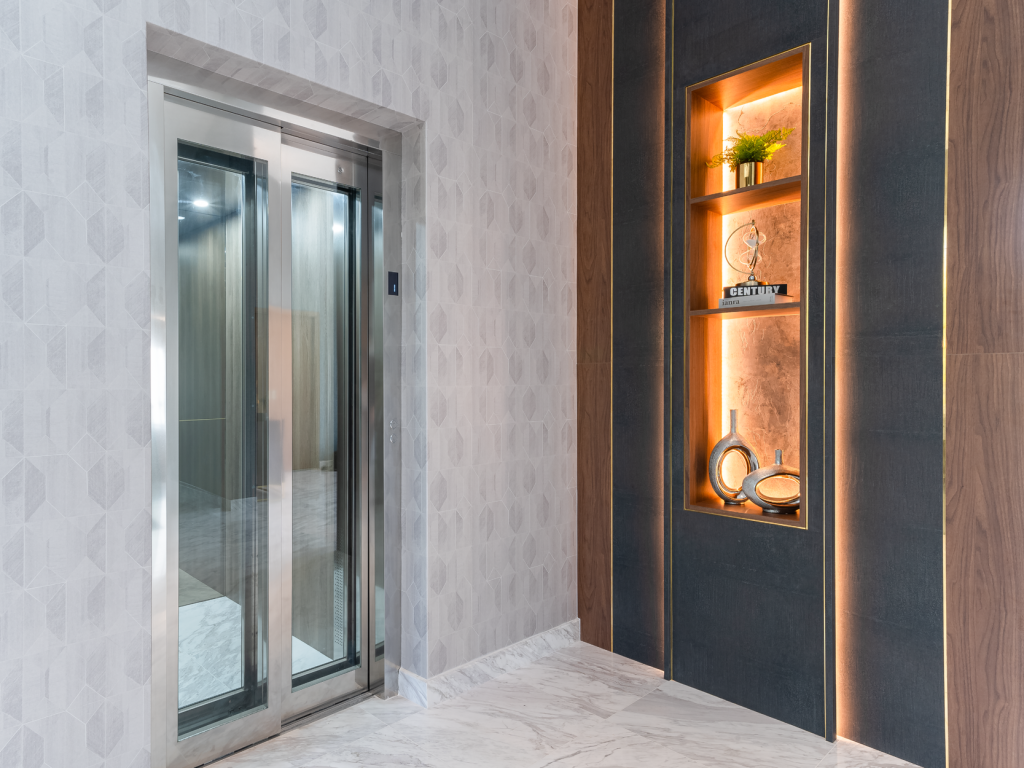
This is important to ponder if you are choosing to live with older folks or if you are nearing your later years yourself. You won’t want the older folks to be confined to the ground level right? In fact, a vast majority of brand new homes, especially those directly from developers, do come built with a home lift, which honestly, adds loads of convenience and “future-proofness” to a home, at relatively affordable costs.
The typical costs of installing a lift would be around $100,000 and maintaining it would be approximately $200 and $500 for the monthly servicing and yearly renewal of its Permit To Operate (PTO) respectively.
Discover Luxury Homes by Sevens Group
Looking for your dream home? Contact our Developer Sales Team today! Your perfect home is just a click away.


